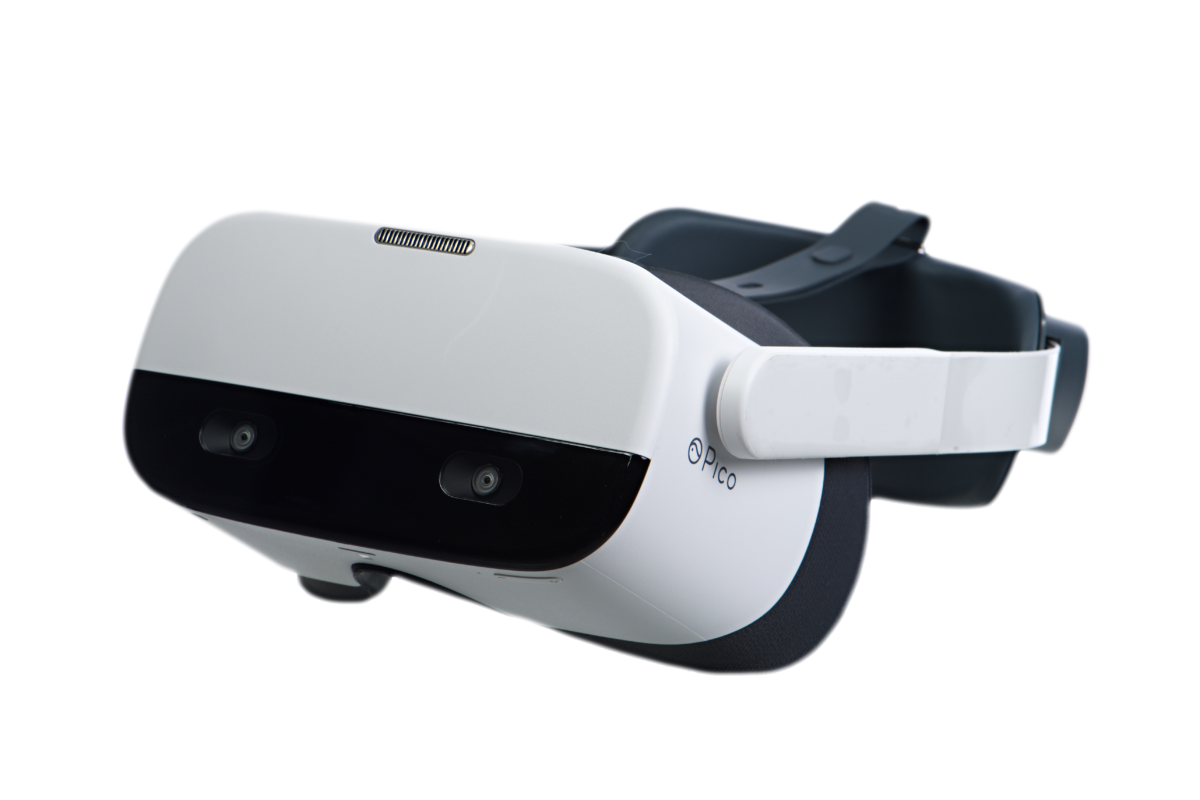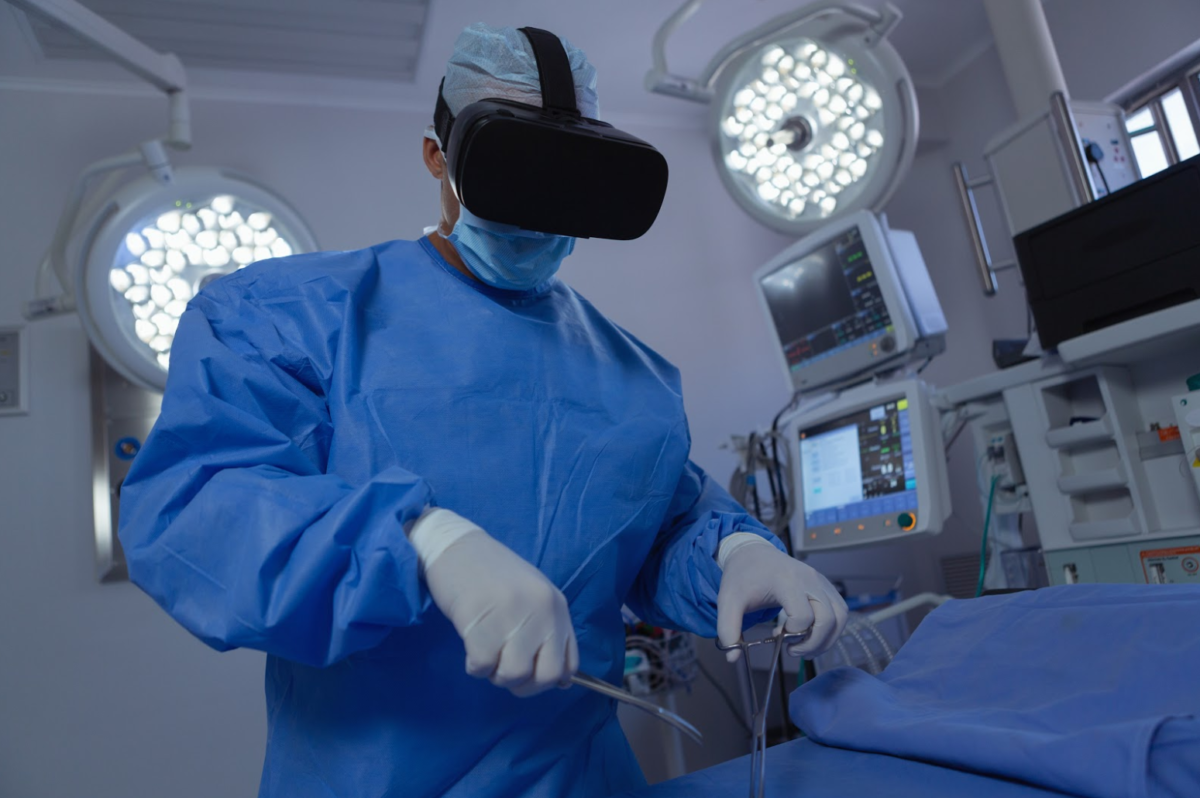One of the most frequently cited challenges for training managers and departments is the ability to deliver their training in an even, uniform way that works for all their students and trainees. One reason why this can be so difficult is the issue of differing learning styles. Put simply, we don’t all learn the same way, so what works best for one trainee may not work for another.
However, advances in virtual reality technology have opened the doors to a whole new way to train diverse groups of people with equally diverse learning styles — simultaneously. For some reference, there are four primary learning styles — visual, auditory, reading/writing, and kinesthetic — which are driven by three of our main senses: sight, sound, and touch.
Virtual reality can aid in teaching mixed groups because it provides all three types of sensory output.
In fact, this “all of the above” sensory approach to learning with VR has caught the attention of the U.S. Department of Education, which is currently exploring ways to use the technology to help those with learning disabilities and high-functioning autism in schools nationwide. In late 2018, the Office of Special Education and Programs announced it was investing $2.5 million in a program called VOISS, (‘Virtual Reality Opportunities to Implement Social Skills’), intended to leverage VR to help improve those students’ abilities to interact and communicate.
Yet despite its promise as a training tool, and evident enthusiasm about its prospects to improve students’ learning experience, VR has yet to be integrated into traditional classroom environments on a mass scale.
In 2016, a Samsung survey of both educators and students revealed that, while using VR as a learning tool seemed intuitive, few had actually leveraged the technology:
- While 85% of teachers felt that VR would be useful in the classroom, only 2% were currently using it in any form.
- 93% of both students and teachers were excited at the thought of using a VR headset for learning.
However, as advances in VR hardware and software steadily drive price points down and make set-up and deployment easier than ever, widespread adoption of VR for teaching and training grows nearer every day. And it’s no surprise as to why there’s so much excitement. With its multi-layered approach to learning, there’s something in the technology for everyone.
Below are just a handful of specific examples for different kinds of learning styles.
VR for Visual Learners
VR has unique advantages for visual learners, who can watch a process or procedure as it’s being demonstrated, move around freely at different angles to witness the behaviors and nuances of a virtual object, and absorb visual material through an immersive 3D experience.
Some natural applications for visual learners working in a variety of fields might include:
- Health Care: observing a complicated surgical procedure, or equally important but less complex health care tasks, such as day-to-day nursing duties
- Public Safety: examining containers, labels, or transport vessels to determine what kind of hazardous materials may be present as First Responders arrive at a vehicle accident
Construction: off-site engineers working in Building Information Management (BIM) can see the same build at the same phase of completion as on-site foremen
VR for Auditory Learners
VR can also help trainees across industries who need to leverage auditory communication, both as part of their daily jobs, and as their optimal learning style, including:
- Energy & Public Utilities: in multi-user VR Training using VoIP (Voiceover Internet Protocol), gas operations trainees can communicate with one another about a suspected natural gas leak, as well as relay and receive spoken information to and from (real or simulated) supervisors
- General Industry: when performing a standard maintenance procedure, trainees can hear ambient noise, specific alerts, or sounds made by equipment that better simulate their fast-paced jobsites and keep them engaged in their tasks
VR for Kinesthetic Learners
VR can be invaluable for learners who need to be able to physically manipulate objects to understand them fully.
- Manufacturing: VR can be an incredibly useful tool for training in the use of specialized equipment or used to teach lab or industrial safety, turning mistakes into learning opportunities
- Architecture & Engineering: builders, architects, or innovators, can use VR to explore, manipulate, and adjust scale models, helping create a better understanding of layout, stress points, etc.
- Skilled Trades: plumbers, electricians, and other tradespersons can benefit from VR training to help them figure out system footprints, resolve space issues, and more in a virtual landscape
Benefits of VR for education and training
For those who learn in multiple ways simultaneously — which is most of us — VR is an obvious choice and improvement over traditional forms of training. The sensory input provided by VR can deliver an immersive experience that puts the learner in an ideal, active position for absorbing — and recalling — crucial information.
Further, with improvements in more mobile, standalone VR hardware technology, when it comes to spatial and environmental challenges, “matter doesn’t matter” nearly as much anymore, with VR Training now capable of being delivered anywhere at any time. And by creating an entire immersive world, VR can completely eliminate distractions.
Distraction-free learning means a student or trainee can focus entirely on the subject at hand. Without outside interference, students learn faster and with improved accuracy. Increases in recall accuracy alone prove-out VR’s efficacy as a training tool.
The ability to create unique, precisely tailored learning environments is one of the most significant selling points for VR. You can turn practically any location large enough to take a handful of steps in each direction into an ideal virtual classroom.
Looking to the future: overcoming hurdles to adoption
Historically, the main barrier to VR’s wider adoption as an enterprise training tool has been the cost of software and hardware, followed by questions of implementation and a lack of available content. However, research, time, and indeed, vision are finally resolving these hurdles.
Price points for individual VR hardware setups are steadily dropping from several thousand dollars to several hundred. Additionally, tetherless, standalone VR headsets are becoming available that make leveraging the technology a far less daunting prospect for new users. Finally, those with the software know-how have begun to crack the code on how to scale content creation to meet the growing demand of customers.
The VR market is anticipated to grow to $150 billion by the end of next year alone.
VR’s unique ability to lend itself to all learning styles makes it a shoo-in for technologically advanced thinkers, and its increasing availability and affordability are now putting it squarely within the reach of the mainstream. Training facilities are adopting VR tech in even higher numbers year over year, and VR’s ability to provide fast, easy-to-absorb information across various learning scenarios makes it a productive, profitable tool for major corporations.
VR may be the biggest single learning disruptor for the current generation, fundamentally changing the way skills and decision-making are taught.

PIXO Has Improved VR Management to One Easy Step

